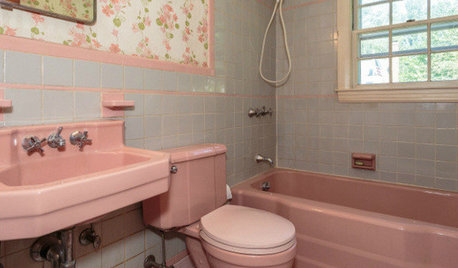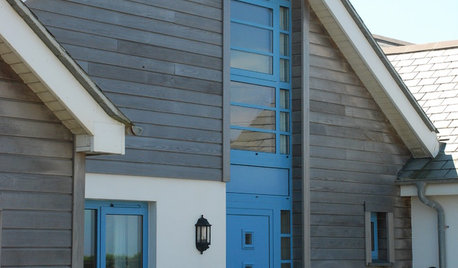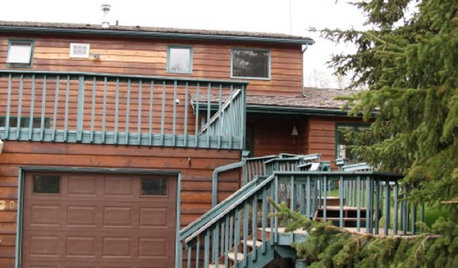Blue Spruce Problems in NE
sc77 (6b MA)
9 years ago
Featured Answer
Sort by:Oldest
Comments (8)
edlincoln
9 years agotree_oracle
9 years agoRelated Professionals
Allen Landscape Architects & Landscape Designers · Ballwin Landscape Architects & Landscape Designers · Glassmanor Landscape Architects & Landscape Designers · Havre de Grace Landscape Architects & Landscape Designers · Panama City Landscape Architects & Landscape Designers · Brookside Landscape Contractors · Coram Landscape Contractors · Elmhurst Landscape Contractors · Glendale Heights Landscape Contractors · Hicksville Landscape Contractors · Lakewood Landscape Contractors · Thonotosassa Landscape Contractors · Clearfield Landscape Contractors · Dayton Decks, Patios & Outdoor Enclosures · Monroe Decks, Patios & Outdoor Enclosuressc77 (6b MA)
9 years agoedlincoln
9 years agodiggingthedirt
9 years agosc77 (6b MA)
9 years agoMartin Naarendorp
last year
Related Stories

BATHROOM COLOR8 Ways to Spruce Up an Older Bathroom (Without Remodeling)
Mint tiles got you feeling blue? Don’t demolish — distract the eye by updating small details
Full Story
EXTERIORSThe Joyful Exterior: How to Give Your Home Just the Right Touch of Blue
Here are ways to add blue to the outside of your house — and 8 palettes to try
Full Story
GARDENING GUIDESGreat Design Plant: Blue Sage
True blue and adored by hummingbirds, blue sage is easy to grow from seed in a sunny fall garden
Full Story
COLORConsider Giving Your House a Big Bolt of Blue
From fresh, vivid turquoise to power-packed cobalt, blue is a great way to lift a neutral color palette
Full Story
SELLING YOUR HOUSE5 Savvy Fixes to Help Your Home Sell
Get the maximum return on your spruce-up dollars by putting your money in the areas buyers care most about
Full Story
Ideabook 911: My House Needs a Facelift!
Houzz Member Gets Ideas for Sprucing Up This Deck and Garage
Full Story
KITCHEN DESIGN3 Dark Kitchens, 6 Affordable Updates
Color advice: Three Houzzers get budget-friendly ideas to spruce up their kitchens with new paint, backsplashes and countertops
Full Story
DECORATING GUIDES7 Bedroom Styling Tricks Anyone Can Do
Short on time or money? You can spruce up your bedroom quickly and easily with these tips
Full Story
HOUSEKEEPINGTo-Dos: Your April Home Checklist
Take advantage of spring’s warmer weather to spruce up your outdoor spaces and refresh your entryway and common living areas
Full Story
GARDENING GUIDESGreat Garden Combo: 3 Wonderful Plants for a Deer-Resistant Screen
Protect your privacy and keep deer at bay with a planting trio that turns a problem garden area into a highlight
Full StoryMore Discussions







rockman50